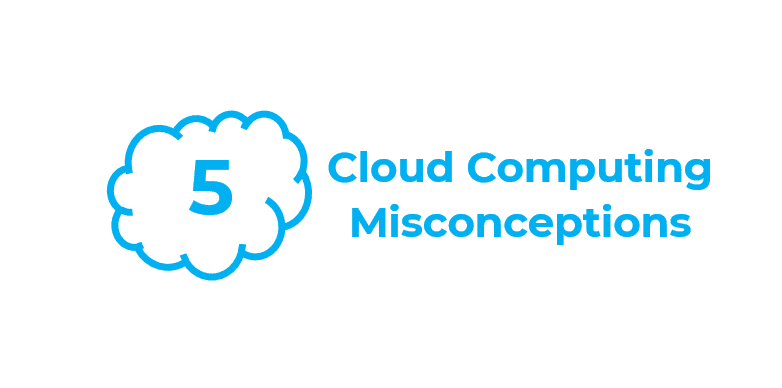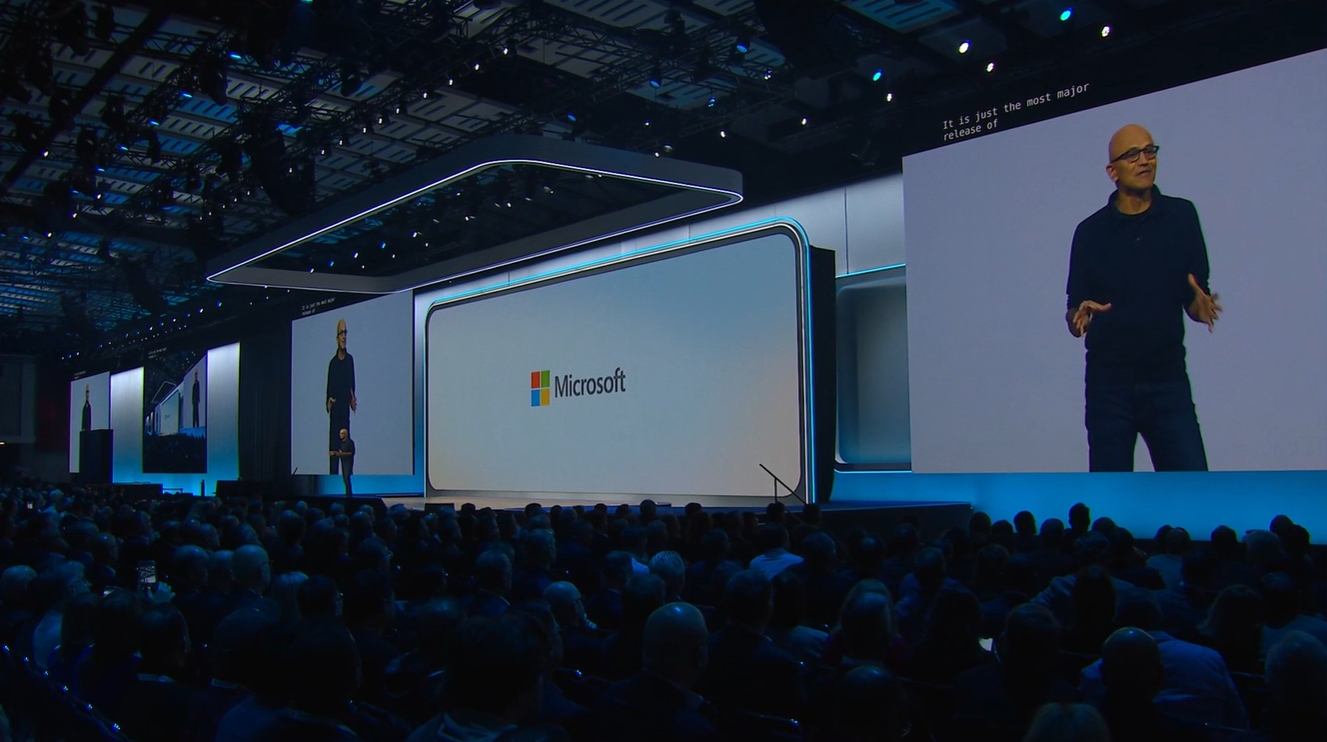Most of the infrastructure designs we do for clients have a cloud component to them; driven either by a stipulation or because it adds genuine value and/or benefit to what the client is trying to achieve.
There are many benefits to cloud computing; it is marketed to promise:
- Limitless scalability
- No upfront cost
- Improved resiliency
- Reduced cost
- Improved security posture
All of which are true when implemented properly and in the right scenario. We are a strong advocate for cloud in the right circumstances but we wanted to present a balanced view as the hype surrounding cloud would suggest that it provides all the answers, whereas the reality is that most cloud projects fail to deliver on expectation.
We hear the term “cloud first” or “we’ll just stick it in the cloud” a lot, we also hear of cloud strategies being built upon a foundation of “the CEO said so” which is destined for failure. Partly because of the hype, but also because of the diversity of services available, misconceptions are inevitable. Common ones include: –
- It’s not always cheaper – the cost of running workloads on cloud platforms can add up, and quickly if it’s not managed properly.
- It can be very complex – the range of services and choice alone can cause confusion and that’s before you start to architect solutions.
- It still needs to be managed – you can’t just “stick it in the cloud” – cloud infrastructure still comes with a management overhead.
- It’s not always flexible – Beware of lock in, moving workloads when you are on a platform can be expensive and time consuming.
- It’s not always secure – You are still responsible for security; Qatar Bank were hacked via Google’s cloud platform resulting in more than 100,000 customer account and pin numbers being compromised.
The development of cloud strategy should start with an assessment of business objectives and how cloud services support those aims, or conversely don’t support them. This requires a significant investment of time and planning if it is to be successful. Patience is also a factor; it may take 3-5 years before certain services can be migrated to a cloud platform or service. Depending upon which analyst report you read, the Cloud market is now worth more than $200 billion and growing 15% year on year. Cloud has certainly arrived, how is your business utilizing cloud services and what will that look like in 5 years’ time?
Foundation IT help clients with their infrastructure goals and challenges; whether that’s providing management and support for on premise equipment or directing a migration programme to the cloud.

About the Author: Mike Starnes
Mike has worked in the IT Industry for over 20 years. If he's not talking technology, he'll be reading, playing football or trying to embarrass his daughters.



